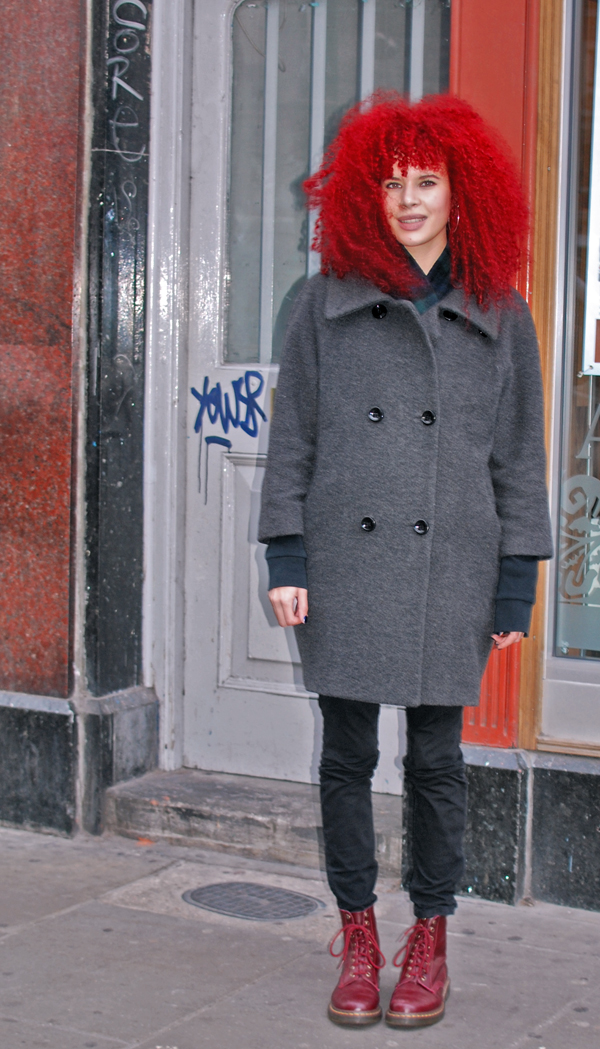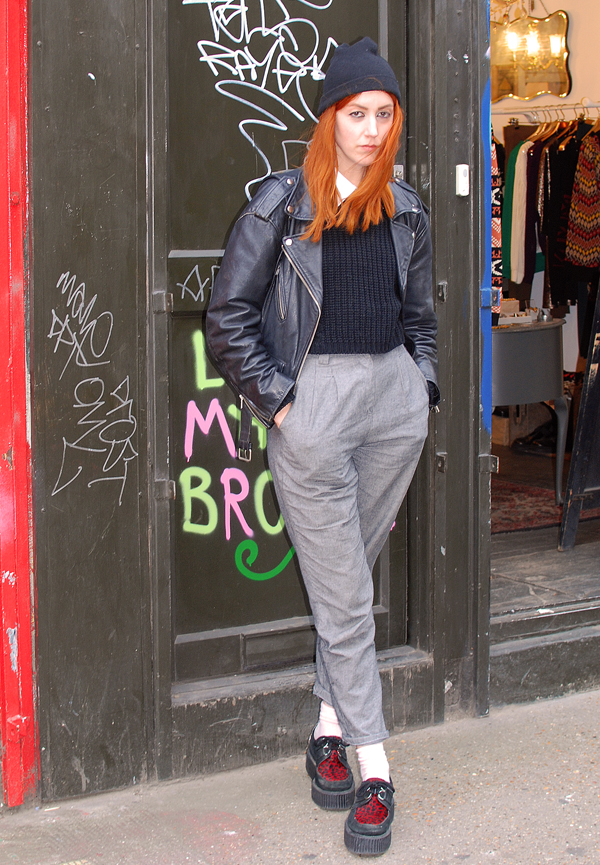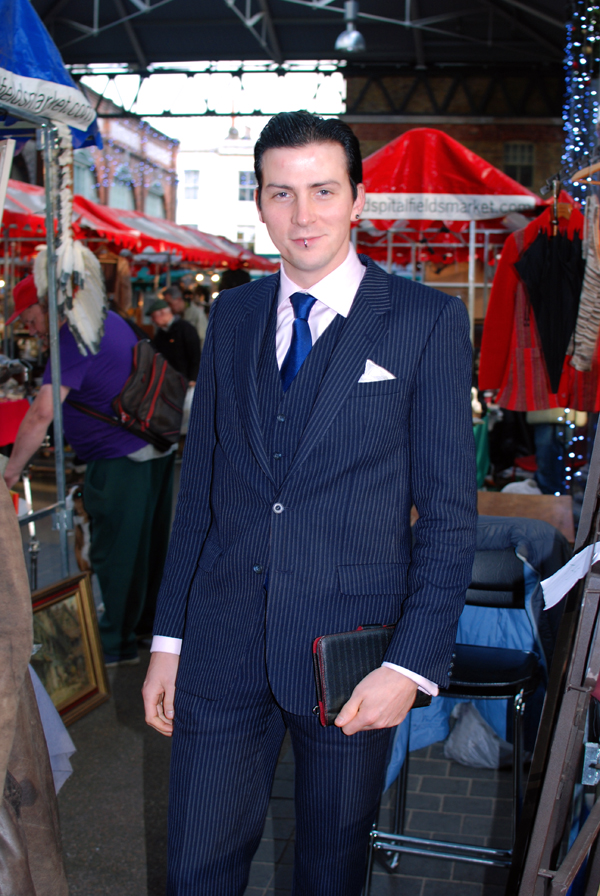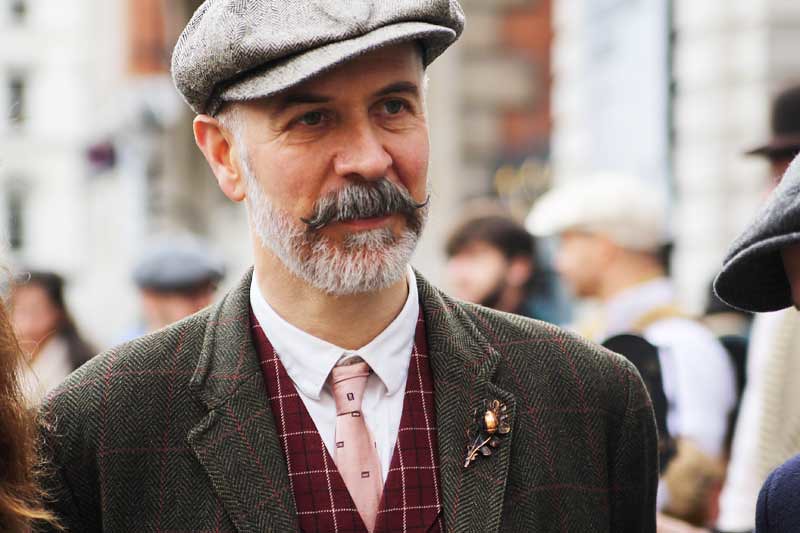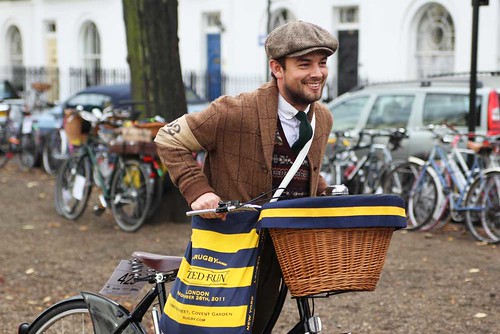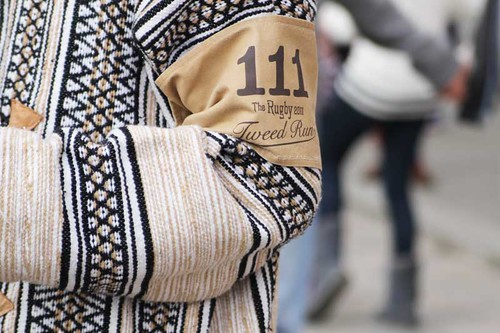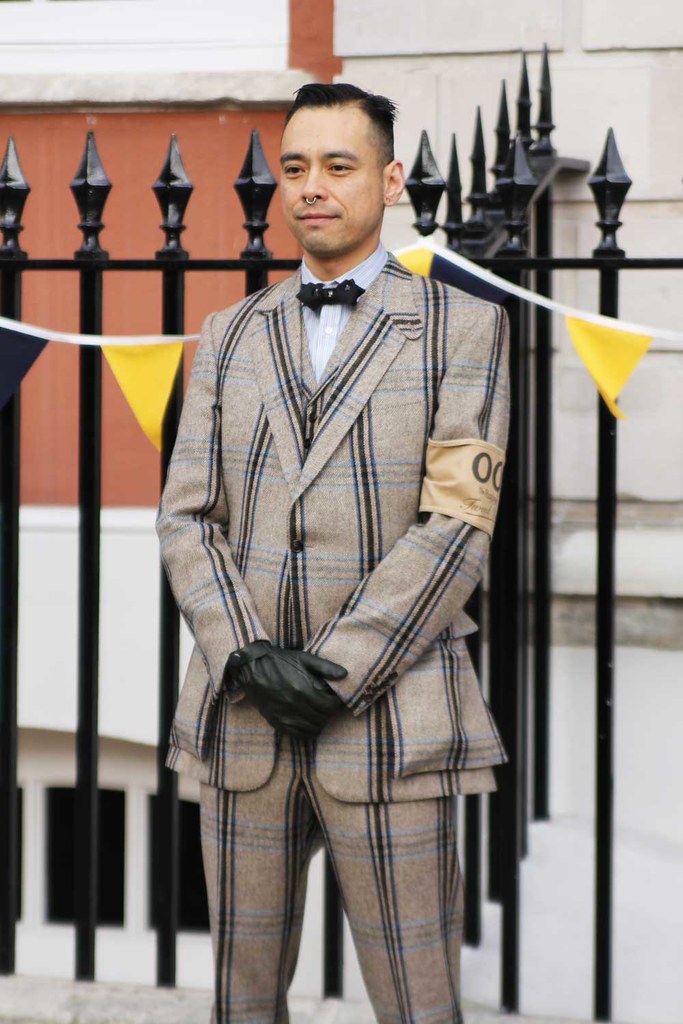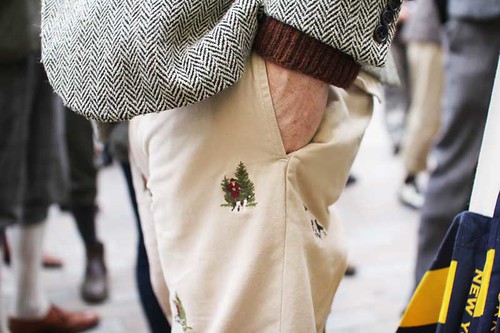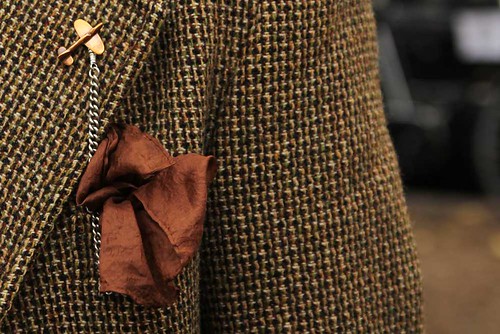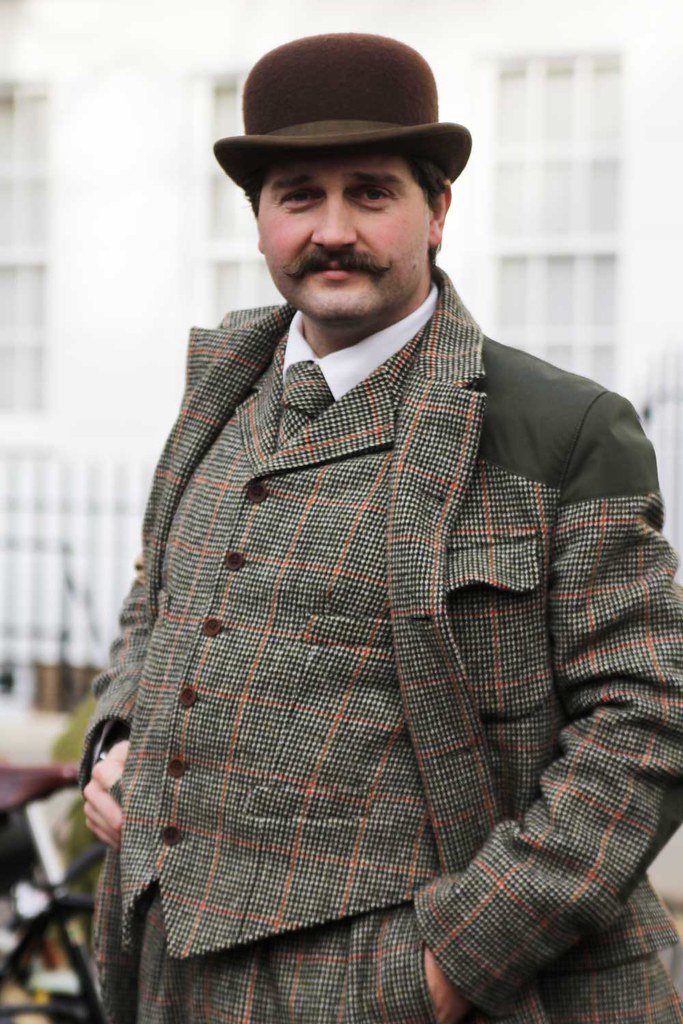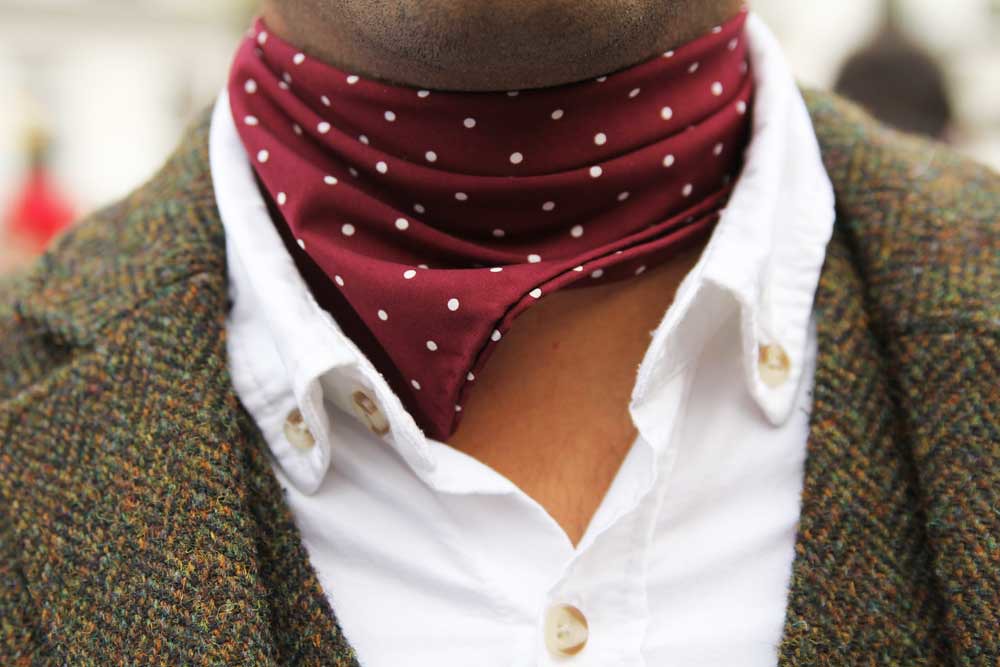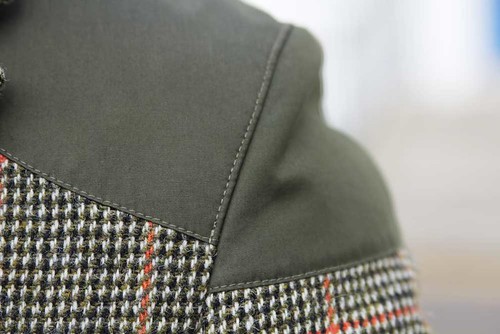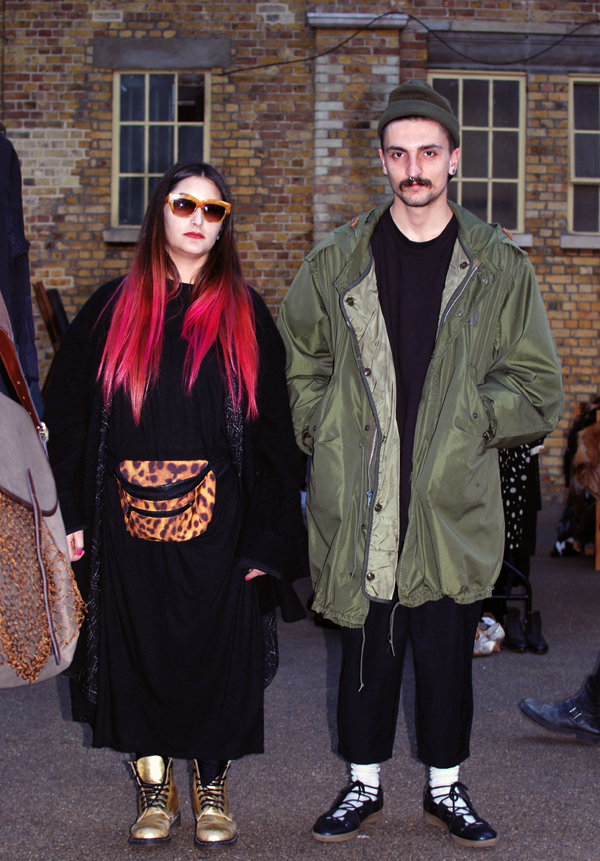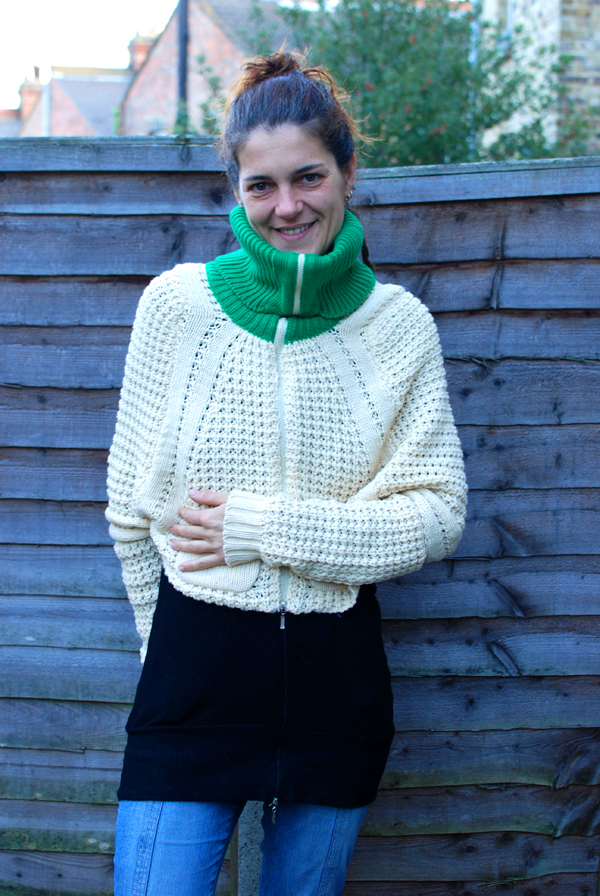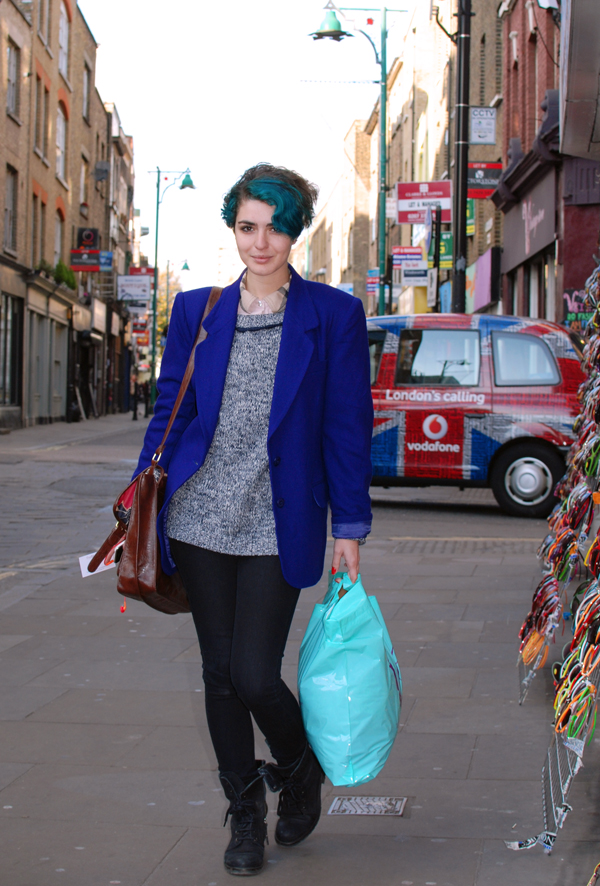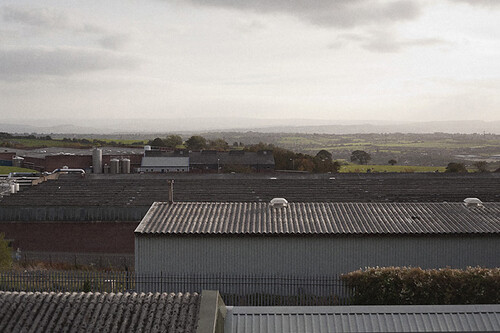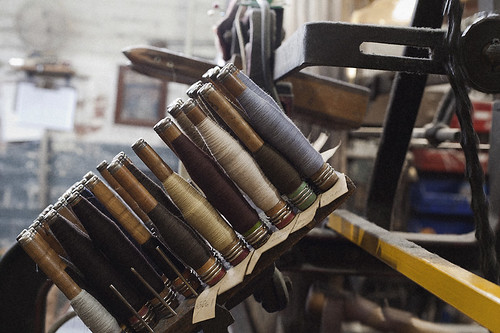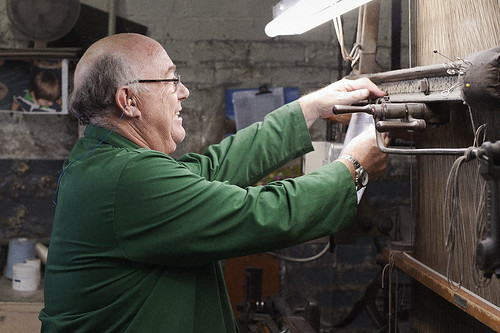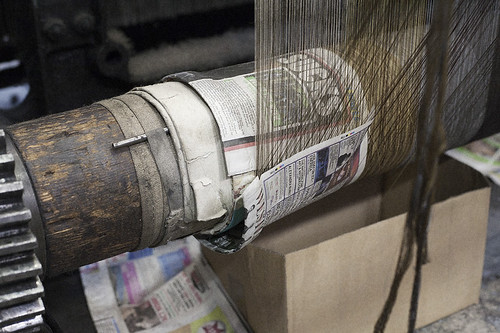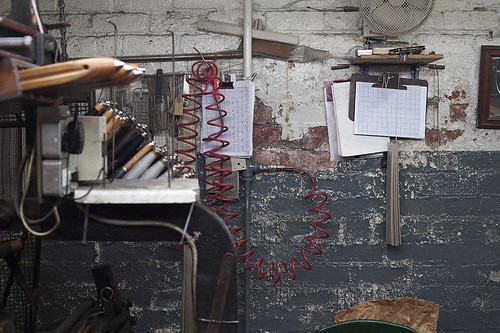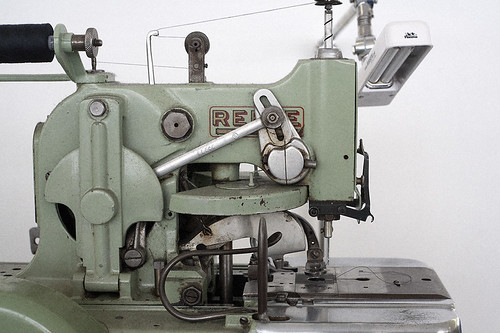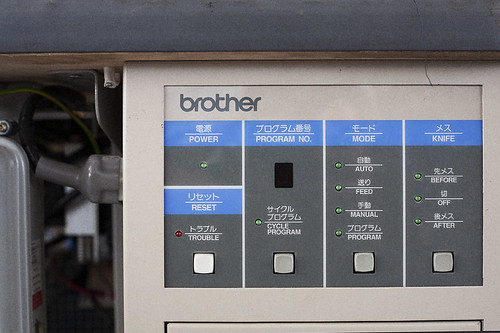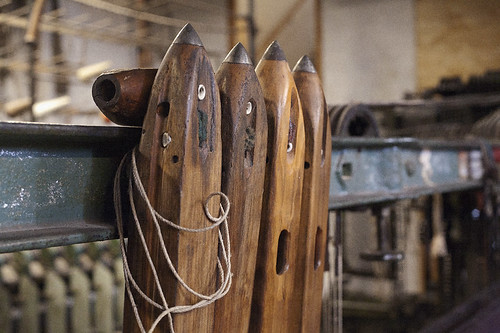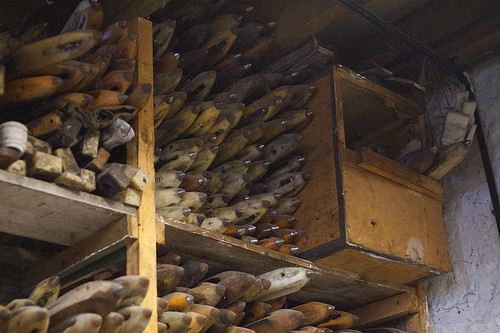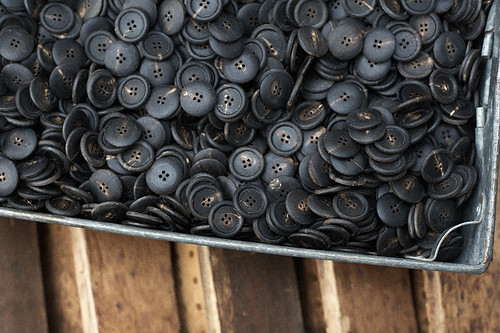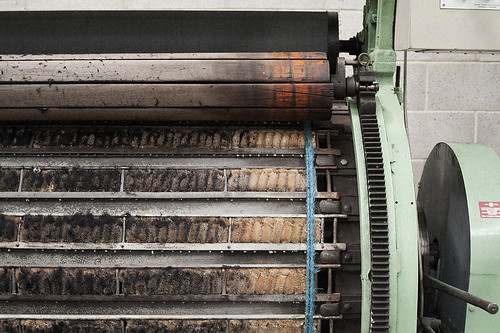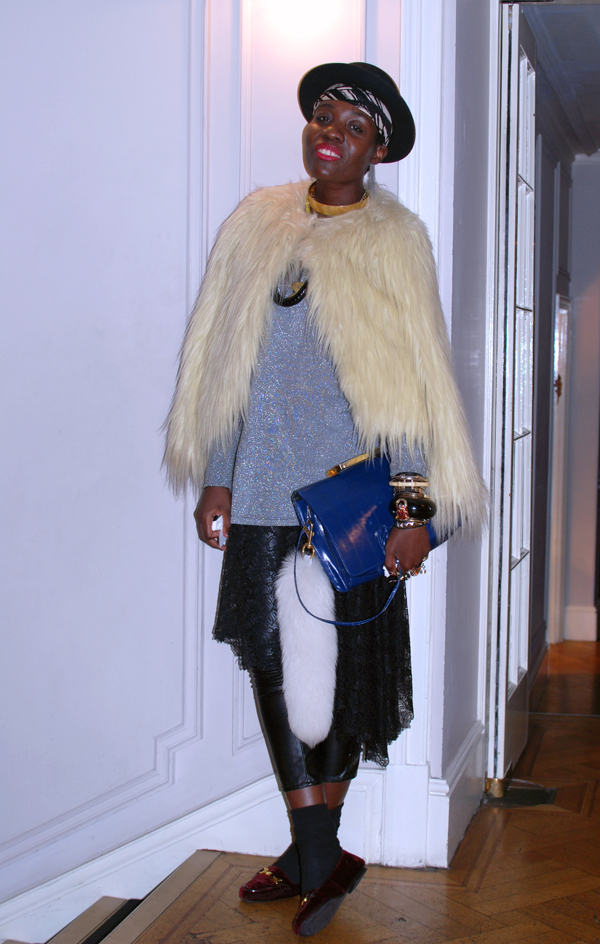As a self confessed factory fetishist, I like nothing more than traveling the length and breadth of these Isles and beyond to get my next fix. However, it just isn't possible to practice craft voyeurism as much as I'd like to. Thankfully,
S.E.H. Kelly's captivating website offers a welcome glimpse in to their network of
makers. Every aspect of every garment is made with the domestic clothing industry, with steadfast adherence to quality and the sturdiness of British make and makers celebrates them. Now, there are far, far simpler, quicker and cheaper ways to get garments made. S.E.H. Kelly use these suppliers and craftsmen because they know them, trust them, like them - as individuals and as establishments - and even more importantly for the finished garments, like the qualities and the idiosyncrasies of British cloth and a British make. It tends to be sturdier and heavier, and those qualities go on to inform their covetable garments.
The label is a true celebration of British craftsmanship. Garments begin life at the duo's design studio in London, before being developed into patterns with a local pattern-cutter. Materials, are duly sourced from an assortment of outstanding regional mills and co-operatives — their provenance running across this land. The garments are then cut, sewn, and finished by hand — and, for knitwear, knitted — by a handful of workrooms and factories, many of which are specialist makers of one type of garment. Tucked away as they are across the Isles, the Makers series allows them to be seen. Knowing my love for the series,
SEH Kelly's very own Paul Vincent offered to share an edit of images and musings from a selection of makers, including a few that have not been seen before...
----------
Wool and mohair mill, Yorkshire"There used to be dozens of mills where this mill stands in West Yorkshire. Now there’s just a few, and most of them have banded together under the same ownership. What’s fascinating here is how many different generations the building and the contraptions within it span. The pictures here are from the oldest part of the mill. The processes and exactitudes haven’t changed a jot for half a century — and in many cases, much longer than that. Every time we go up, we invariably come back with something new. Last time it was a terrific flecked mohair. We also recently used a marvellous thick chalkstripe suiting from here which we used it for some overskirts."
----------
Workroom, North London"This factory in North London is one of a few we work with. They’re a close-knit bunch, these factories. Everyone knows each other, and has worked with one another at some point or other. These guys specialise in outerwear, and when we started out with them, make quality immediately went up a notch. You get a feel for a factory the first time you visit. There’s a good atmosphere here, workers’ kids can often be found running about the place, and tea-breaks are regular and bountiful. It’s a real familial vibe, which is reassuring. One of photo here is their button-hole machine. Worth its weight in gold, the well-maintained button-hole machine."
----------
Woolen mill, the Cotswolds"This is a woollen and tweed supplier based in the Cotswolds. Last time we went we encountered a bunch of interesting stuff, like a super-heavy tweed that was once used to line the interiors of high-end automobiles, and a new range of all-natural and un-dyed wools, of which there has apparently been a surge in demand of late. Here you can see the wooden shuttle looms they’ve used over the ages, and some other archaic-looking contraptions and parts. Really should ask what they’re for."
----------
Buttons maker, the Midlands"Not all buttons are created equal. At least, that’s what we tell ourselves. We’ve been working with the same button maker since we began. In fact, since before we began — they’re a place we first encountered during our time on Savile Row. Not only do we work with the same place every time, we mostly get the same buttons: matte horn ones with a satisfying little dimple in the middle. Of all the makers, this is the noisiest — the din of all those buttons rattling around the place rings in your ears for hours after you’ve left."
----------
Cashmere mill, West Yorkshire"
This place supplies the great and the good of the international fashion industry. And us. We’ve worked with them for a while, and they know what we like. If we had our way, we’d order meters by the dozen, but as it stands, because their stuff is at the top end of the market, and the prices match, we have to be selective. Our most recent acquisition was a charcoal wool-cashmere “birdseye”. Stupefyingly lovely stuff. And we’ve got some very lightweight wools lined up for spring. Wool mightn’t be the first thing you’d associate with spring, but the stuff’s so good — and our spring-time cloth options are limited compared to winter — that it’s all but impossible to pass up. The shots here are of the teasel-gig: a curious machine over which cloth is rolled to soften it up."
----------

